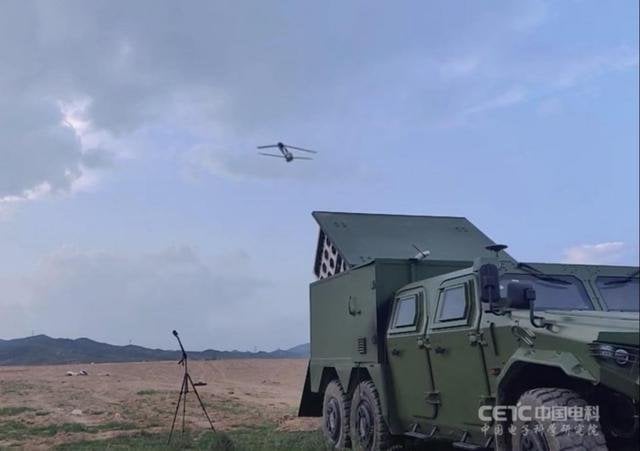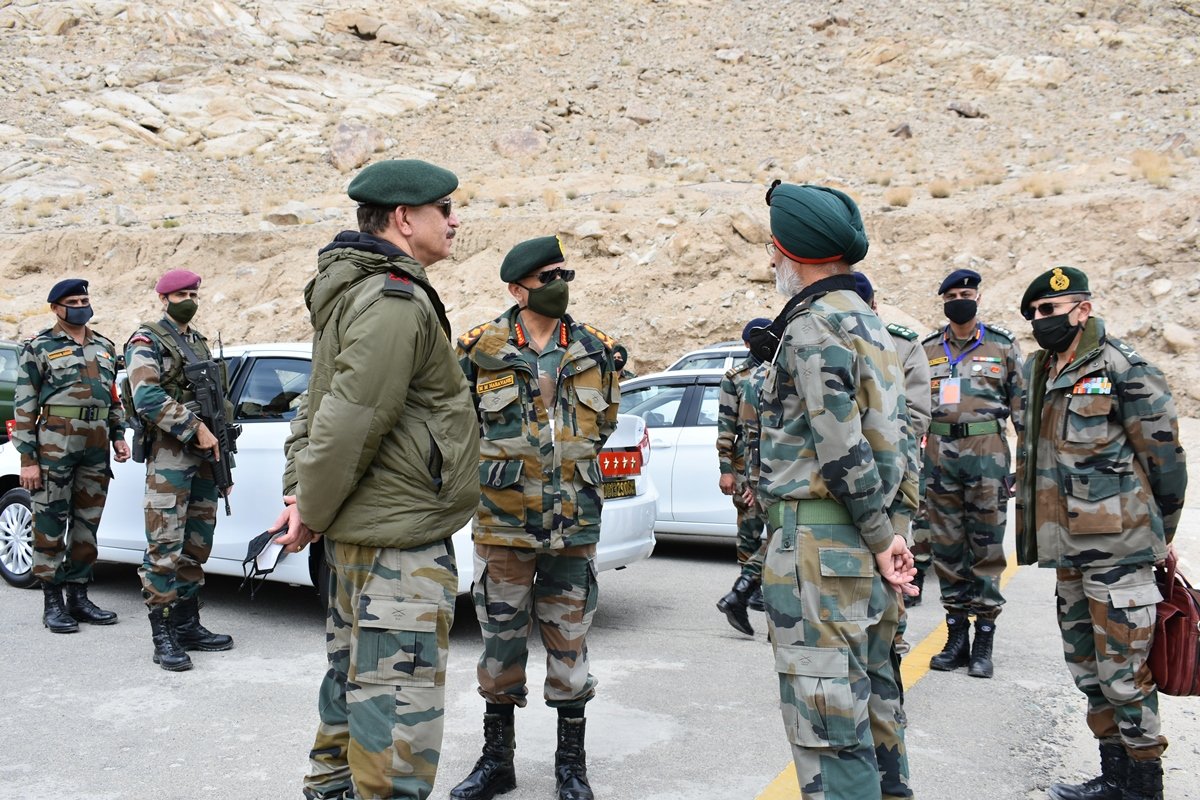Amid reports of India diverting 50,000 soldiers to the LAC, its de facto border with China, the Chinese PLA could deploy armed drone against its adversary.
According to The National Interest, China is planning to unleash swarms of rocket-armed helicopter drones against its adversary. The homegrown drones are likely to carry explosive mortar shells, grenade launchers, and even machine guns.
Over the years, China has emerged as a major drone manufacturing hub in Asia. According to estimates, Chinese company DJI manufactures around 80 percent of the drones used in the US and Canada.
China’s Drone Swarm Technology
In 2018, Guangdong-based Zhuhai Ziyan UAV company developed its intelligent swarming attack technology, through which around 10 unmanned helicopter drones could mount an attack after forming a swarm.
The entire operation can be conducted with a single button, Liu Liyuan, a spokesperson of the company told The Global Times. The drones can take off separately, and without colliding with each other can reach their designated targets.
When the drones receive the command to mount an attack, they can do so, swiftly, independently but in a coordinated manner. After the attack, the UAVs can find their way back to the base through the system and land safely.
These drones are autonomous and controlled remotely, safeguarding the operator from hostile enemy lines. Ten drones that comprise a swarm can be equipped with a combination of arms, such as proximity explosive mortar shells, grenade launchers while some drones can also conduct suicide missions.
Zhuhai Ziyan first unveiled its swarming attack technology at the IDEF 19 arms exhibition in Turkey in April 2019. Over the years, the company has developed a variety of armed-mini drones.
In 2018, it had showcased its Blowfish A2. With a length of six-foot and a height of two-foot, the Blowfish A2 can fly at a speed of 130 kmph.
It can be equipped with 60 mm mortar shells or a 40 mm grenade launcher. The company is now developing the Blowfish A3, slightly bigger in size with enhanced capabilities.
Why Al Qaeda’s Revival In Afghanistan Could Spell ‘Big Trouble’ For India In Kashmir?
In a separate statement, the company had noted that because of its relatively smaller size and lighter weight, drones such as the Blowfish A2 can be used to equip the basic combat units, especially for reconnaissance and attack.
According to the company, even though helicopter drones may be slow and cover a lesser range than a fixed-wing drone, it has better hovering-capability and can be used effectively even on vessels.

Last year, amid tensions along the India-China border, the latter unveiled its ARC 500 C helicopter drone, reported The Economic Times. The drone is developed by the state-owned Aviation Industry Corporation of China (AVIC) and is capable of relaying communication at high-altitude terrains.
The helicopter drone can take off at an elevation of 5000 meters and flying at a maximum speed of 170 kmph, it can carry up to 500 kg weight.
India-China Border Standoff
China has been enhancing its border infrastructures, experts note. Abhijit Iyer-Mitra, a research fellow at the Institute of Peace and Conflict Studies, told BBC that China has not only laid a network of roads in the areas under its control along the LAC but also done the work of connecting the entire border with airstrips.
He noted that in order to strengthen its military power, China has built airstrips every two hundred kilometers, giving China the edge by enabling easy landing and take-offs by its fighter jets and helicopters.
According to Iyer-Mitra, in Tibet, airstrips have been built every 250 to 300 km, while in the border areas along India’s Arunachal Pradesh, the distance between airstrips is merely 100 and 150 km.
Earlier The EurAsian Times had also reported that the Chinese army has done more than 100 military drills along the border with India. As part of the recently held centenary celebrations of the Chinese Communist Party, drills were conducted in Tibet Autonomous Region.

Many experts are also of the opinion that India had been unable to foresee China’s aggressive stance in the Himalayas. Nitin J Ticku, an expert with EurAsian Times said that so far, India had only positioned its military power assuming Pakistan to be the possible threat.
While India continued making efforts at strengthening diplomatic ties with China, the latter kept up enhancing its border infrastructure.
India’s Latest Agni-P Ballistic Missile Sparks A Fierce Debate Between Chinese & Indian Experts
It seems that now India is also strengthening its military power on the LAC. Recently, India deployed more than 50,000 troops on the India-China border as part of India’s ‘offensive defense’ strategy.
The fact that India had been unable to identify China’s actions on the border, has been highlighted by The EurAsian Times in an earlier report.
The report quoted strategic affairs expert Brahma Chellany as saying that the Indian leadership had for long ignored the warning signs. Over the years, the government had been preoccupied with strengthening bilateral relations with China, completely ignoring the frequent reports of combat exercises and military infrastructures along the LAC.




